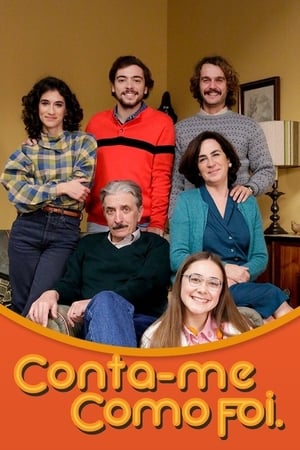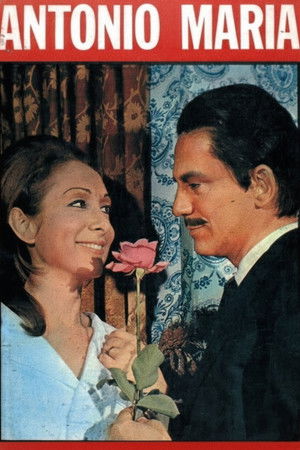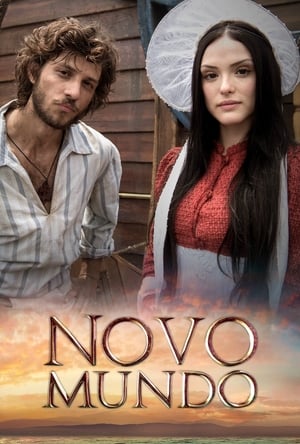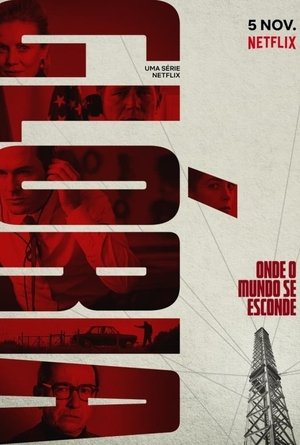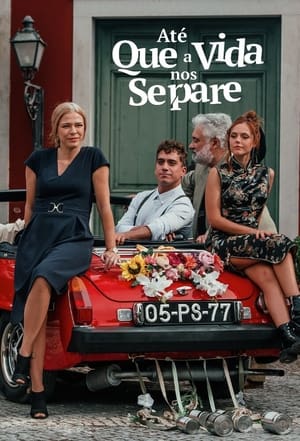Overview
The life of Antonia Ferreira (popularly known as "Ferreirinha") from her widowhood to her death, including her role in the production and marketing of the Port wine.At the same time it's told the love story between Camilo Castelo Branco and Ana Plácido.
Reviews
**A panegyric to the Lady of Douro, with questionable script and casting options.**
Despite having had great success with some TV series, I am not a fan of Francisco Moita Flores' work. A former policeman and detective, who was also mayor of Santarém, he became a writer and screenwriter, but he is certainly still not a historian and has limited knowledge when it comes to history. This is the only way to understand the errors he has made and the way he mixes, in an arbitrary way, characters and excerpts from novels by various authors.
In this specific case, Moita Flores decided to give us a fictionalized and romanticized perspective of the life of Antónia Adelaide Ferreira. She was from a wealthy family and got married early, with António Bernardo Ferreira, her cousin, a revelry who did her the favor of dying early, in 1844. Widowhood allowed Antónia to put herself in charge of their business: her father and her husband already owned many wine estates in the Douro, and Antónia expanded the list of properties owned, building an empire that made her one of the most important wine producers in the Douro Valley, and the richest woman in Portugal. However, she never ignored the difficulties of those who worked for her: it was frequent to see her help them with their miseries and even subsidize the studies of many of her children, who formed as doctors and lawyers at her expense, when they showed an inclination to do so. Such generosity earned her the reputation of protector of the poor, and the eternal gratitude of the Douro people.
Around 1860, Antónia married José da Silva Torres, a collaborator who worked for her, which did not prevent some stories about other dalliances and relationships, including with the Baron of Forrester, an Englishman who died in the waters of Douro River, in a boat accident in which Antónia herself almost died too. Throughout her life, and always without getting directly involved in politics, she fought for the interests of the Douro, which suited her and her business, and did not shy away from making enemies. Proof of this is the way in which, in 1854, she opposed the marriage that the Duke of Saldanha, one of the most Machiavellian politicians of the time, wanted to arrange between his eldest son and her daughter, then 11 years old. The suitor even tried to kidnap the child, in a nocturnal raid in which Dona Antónia's eldest son, with aspirations to politics, was also involved. Besides, her relationship with her children will never be easy.
The series also involves two other figures of Porto's social life: Camilo Castelo Branco and his lover, Ana Plácido. It is one of those decisions that Moita Flores should explain better, because there is no reason for it, apart from the fact that Ana Plácido is sister-in-law of Antónia Ferreira's son. Ana Plácido was forced to marry a much older man, with a fortune made in Brazil. Camilo Castelo Branco was a roué and poor writer with strong legitimists sympathies. In 1860, after some time of adulterous courtship, Camilo and Ana decided to run, but are arrested for adultery. They were cleared in court, perhaps thanks to the influence of the Ferreira family. In 1863, Ana's legitimate husband died, which allowed the couple to move to a property he left, in Famalicão. Camilo later gave her other children, and wrote to survive until blindness prevented him and depression drove him to suicide in 1890. However, the scandal distanced them from contact with society, and I don't know to what extent the Ferreira family actually maintained relations with them.
The series isn't bad, and it makes a good portrait of the Porto's bourgeois society of Romanticism. It is not, however, free of inaccuracies, and some of Moita Flores' options are questionable. Nor is it a neutral series, choosing to glorify and beautify the portrait of Antónia Ferreira. It has good cinematography and a good choice of filming locations, but the selection of melodies and soundtrack accentuate the feeling that the series works as a panegyric. Moita Flores gave the protagonist role to his wife, Filomena Gonçalves, who gives us here her most notable and successful television work. António Capelo, Filipe Duarte, João Reis and Sofia Silva also do a good job. Catarina Furtado and Nicolau Breyner are two casting errors, not at all resembling the historical figures they gave life to (Ana Plácido and Forrester, respectively), which was a brutal mistake, considering that we know well their faces and physiognomies.

 Portuguese
Portuguese
 5.5
5.5
 2004
2004
 Portugal
Portugal
 Filipe Manuel Neto wrote:
Filipe Manuel Neto wrote:


